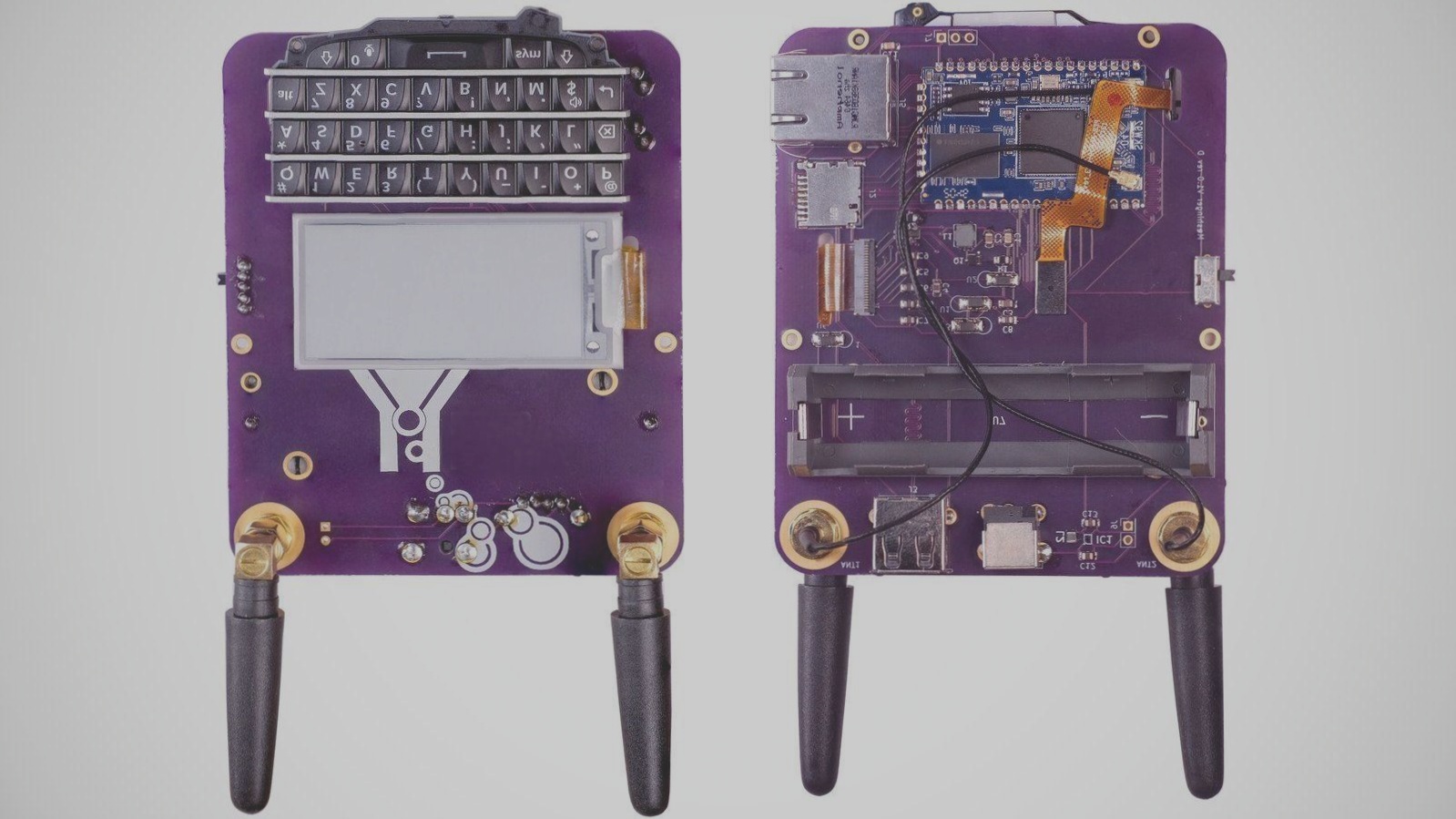FPC stands for Flexible Printed Circuit, commonly referred to as flexible circuit board, flexible printed circuit board, or soft board. PCB layout training emphasizes its features, including high wiring density, lightweight design, and thin profile. It is primarily utilized in mobile phones, laptops, PDAs, digital cameras, LCMs, and various other devices.
The FPC flexible printed circuit is a highly reliable and superior flexible circuit made from polyimide or polyester film as the substrate material.
FPC possesses three key characteristics: flexibility, reliability, and cost-effectiveness.
1. Electroplating of Flexible Circuit Boards
(1) Pre-treatment for FPC electroplating. The copper conductor surface exposed after the coating process may be tainted by adhesive or ink, and it can also suffer from oxidation and discoloration due to high-temperature processes. To achieve a dense coating with strong adhesion, it is crucial to eliminate any contaminants and oxide layers from the conductor’s surface, ensuring it is clean. However, some contaminants bond tightly with copper conductors and cannot be fully removed with mild cleaning agents.

(1) Therefore, most of them are commonly treated with a specific strength of alkaline abrasives and brushing. The covering adhesives primarily consist of ring oxygen resins, which exhibit poor alkali resistance. This can lead to a reduction in bonding strength, which may not be immediately visible. However, during the FPC electroplating process, the plating solution can infiltrate from the edges of the cover layer, potentially causing severe delamination. In the final soldering stage, the solder may penetrate beneath the covering layer. Thus, it is evident that the pre-treatment cleaning process significantly impacts the fundamental characteristics of flexible printed circuits, warranting careful attention to processing conditions.
(2) The thickness of FPC electroplating is crucial. During electroplating, the rate of metal deposition is directly influenced by the electric field intensity, which varies with the circuit pattern’s shape and the electrode’s positioning. Generally, narrower wire widths and sharper terminals, which are closer to the electrode, experience greater electric field strength, resulting in thicker coatings in these areas. In applications involving flexible printed boards, the variation in wire widths within the same circuit can lead to uneven plating thickness. To mitigate this issue, a shunt cathode pattern can be employed around the circuit to balance the uneven current distribution on the electroplating pattern, promoting uniform coating thickness across all areas. Therefore, attention must be given to the electrode’s structure. A proposed compromise suggests that standards for areas requiring high coating thickness uniformity are stringent, while those for other sections can be more lenient, such as lead-tin plating for fusion welding, which has higher standards, and more relaxed thickness requirements for lead-tin plating used for general corrosion resistance.
(3) The stains and dirt on FPC electroplating can affect the appearance of freshly electroplated layers. Initially, the surface may appear fine, but it can quickly develop stains, dirt, and discoloration. While factory inspections may not identify any issues, users may notice aesthetic problems during acceptance inspections. This is often due to inadequate rinsing, resulting in residual plating solution on the surface, which undergoes chemical reactions over time. Notably, the flexibility of printed boards means they are not completely flat, allowing solutions to “accumulate” in recesses, leading to discoloration. To prevent this, thorough rinsing and complete drying are essential. High-temperature thermal aging tests can be conducted to verify sufficient rinsing.
(2) **Electroless Plating of Flexible Circuit Boards**
When line conductors for electroplating are isolated and cannot serve as electrodes, electroless plating becomes necessary. The plating solutions used in electroless plating typically have strong chemical properties, with electroless gold plating serving as a prime example. This electroless gold plating solution is an alkaline aqueous solution with a high pH level. When utilizing this electroplating method, there is a risk that the plating solution will seep beneath the covering layer, especially if the lamination quality of the covering film is inadequate and the bonding strength is low. The nature of the plating solution makes it more susceptible to penetration beneath the cover layer during electroless displacement plating, complicating the achievement of optimal electroplating conditions.
(3) **Hot Air Leveling of Flexible Circuit Boards**
Hot air leveling was initially developed for rigid printed circuit board coating with lead and tin. Due to its simplicity, this technology has also been adapted for flexible printed circuits (FPCs). The hot air leveling process involves immersing the board directly and vertically in a molten lead-tin bath and then blowing off excess solder with hot air. This process presents significant challenges for flexible printed boards. If the FPC cannot be submerged in solder without precautions, it must be clamped between titanium steel screens before immersion. Additionally, the FPC surface must be cleaned and pre-coated with flux.
The stringent conditions of the hot air leveling process can lead to solder penetration from the edge of the cover layer beneath it, especially when the bonding strength between the cover layer and the copper foil is weak. Moreover, since polyimide film is hygroscopic, moisture absorption during the hot air leveling process can cause the cover layer to bubble or even delaminate due to rapid moisture evaporation. Therefore, it is critical to ensure that the FPC is properly dried and moisture-proofed prior to the hot air leveling process.



